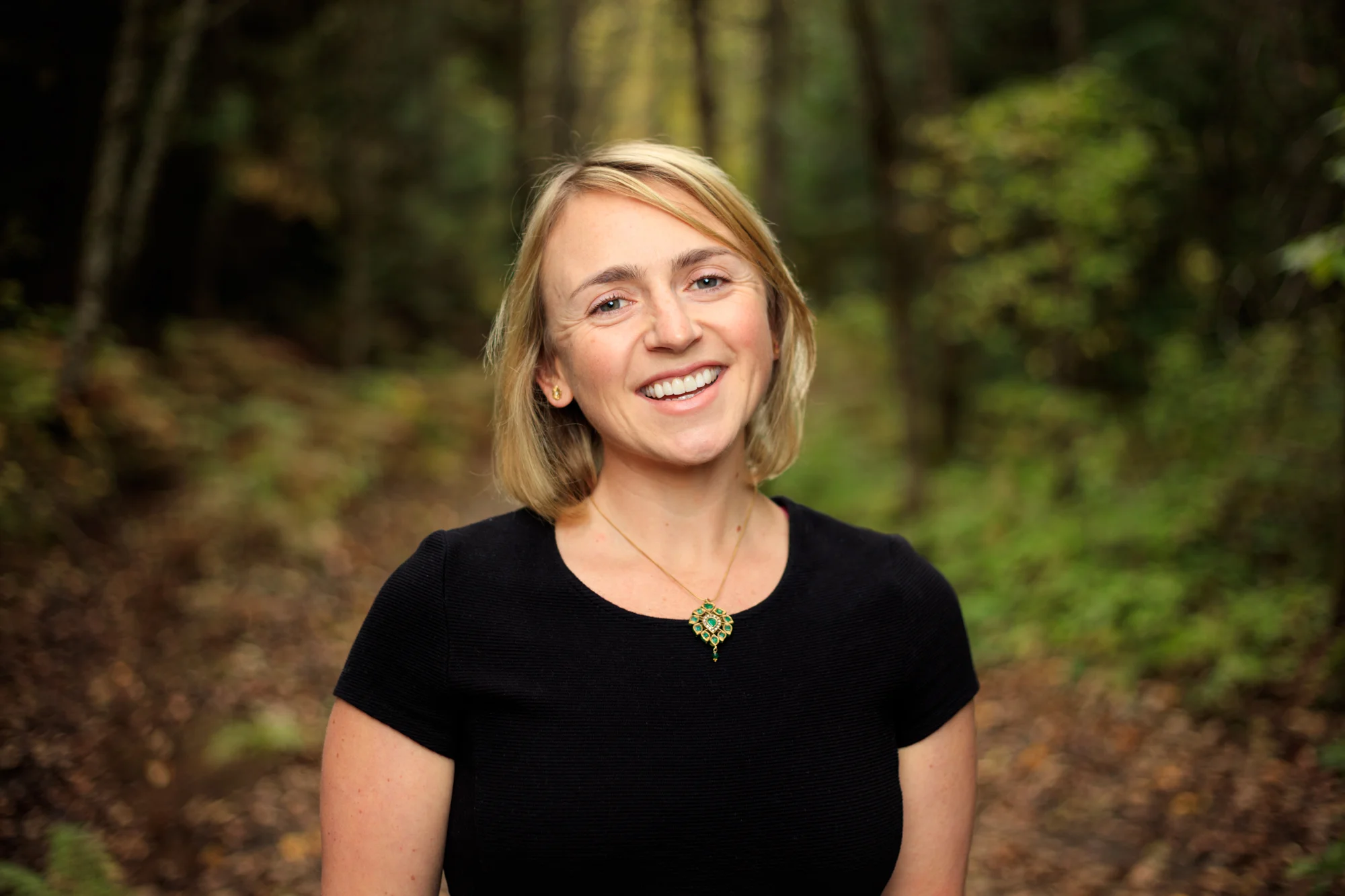
MARKETING JOURNAL.
Teaching Digital Marketing for BCIT
Learnings from teaching university level marketing
It’s been over 10 years since I closed the chapter on my undergrad marketing studies at the University of Denver. Whether it was serendipity or plain luck, shortly after graduating I landed an internship in Lake Tahoe working for a company that was noticing a new sector emerging in marketing: Search engine optimization and social media management to help businesses get more website traffic. This brave little company was on the crest of a wave of modern marketing and I was lucky enough to learn how to paddle in with them.
I still felt like a student.
Several awesome companies and roles later, I found myself standing in front of my own university-level class, as the teacher.
Earlier this year, BCIT and the team behind its satellite campus, the “Whistler Learning Centre” recruited me to curate a mixture of traditional marketing theory and current digital marketing techniques. Honoured and intimidated all at once, I poured over the construction of my dream curriculum for digital marketing. Our class was chock-full of lively discussion, brain-stretching questions and what my colleague often describes as “growth opportunities”.
A couple of big hairy questions came up as recurring themes during the course that I think every marketer should hold a mirror up to and look at regularly.
Am I applying too much of my own bias to my business’s marketing?
Probably. Create marketing personas at the start of your journey to understanding your customer. As your marketing matures into digital channels offer up the segmentation to machine learning in areas like Facebook/Instagram ads or Search and Display.
More reading: Avoiding Psychological Bias in Decision Making
Am I still reading about what’s current?
I’ll admit it. I was hitting delete and snooze repeatedly on my go-to marketing news outlets until recently. When I used to work on a larger marketing team I used to spend the first 15 minutes of my mornings reading about current trends to see what we could take advantage of in our marketing. Prepping for this course has reminded me, there’s still plenty more to learn about our field.
What am I measuring?
It’s really easy to get lost in the weeds of vanity metrics like “Clicks”, “Shares” and “Followers”. Just because our profession has merged with the web doesn’t mean we shouldn’t be trying to solve for profit with every marketing campaign. Figure out your KPIs and get cozy with Google Analytics.
Google Analytics Guide for Beginners
Want to join me for an upcoming course? Drop me a note, let’s chat!
The Common Thread in Marketing - Learnings From Conferences
What’s hot and cool things happening in marketing right now
I'm always on the hunt for what's new and trending in the marketing world. A few months ago I had the chance to look at marketing through both the mountain bike industry lens and on a broader scale. To get the lowdown, some colleagues and I attended DigiMarCon in Toronto, ON then a few short weeks later we hosted the 2018 Whistler Bike Conference, here at Crankworx HQ. Although they sound like opposing conferences, there were quite a few common themes that emerged. Here's what's hot in marketing this season and the people behind it:
Email Marketing
Digital Transformation Strategies – Derek Lackey
Lackey, DiGiMarCon speaker, focused heavily on the consumer journey through email to conversion. My key takeaways from him were, when it comes to email audiences, bigger isn’t necessarily better. Focus on quality. He suggests that it’s the messages consumers don't get that matter in communications most because of successful segmentation. A notable metric to measure in the the consumer purchase journey is intent. When tracking this metric on our own websites, respect a user and be transparent.
To read more, check out a couple of his interesting articles on the blog, Newport Thompson.
Marketing Automation - Emily Sloan-Pace, Zoho
Email sequences have evolved. They can be used for customer service, customer marketing (an educational drip), partner marketing (CRM specific), internal communications, recruiting and on-boarding. Sloan-Pace suggested a good place to start with autoresponders is to focus on the top performing traditional autoresponders: Back in Stock, Anniversary, Welcome and Complimentary Purchase Ideas. According to her research 77% of marketing autoresponder sends see a lift in sales. Some of her best suggestions for marketing automation included:
Write copy as if you are writing to one person
Sprinkle in personalization
Don’t try to sell to everyone aka segment your messages for higher success
Don’t ask for the sale until the 4th email in a drip campaign
Emails should be 80% content 20% pitch
Watch her full talk here: “The Art of the Autoresponder”
Social Media Marketing
Social Selling - Anita Windisman
Windisman focused her DigiMarCon session on the power of social selling and the idea that it creates a shorter buying cycle. If done right, it creates relationships which are more valuable than one-off sales. At the back end of a sales cycle customers tend to voice their opinions online, making social selling also about social listening.
Learn more about Social Selling by checking out this Forbes article: How To Win Business By Social Selling Via LinkedIn.
Facebook Advertising – Amanda Bond, The Ad Strategist
Bond, in my humble opinion was the best session of the DiGiMarCon conference, hands down. She guided us through the construction of Facebook and Instagram ads that target the major pinch points of the conversion funnel for customers. She asked the attendees to map out three stages of our buyer funnel from the data we have in social media audiences, email/CRM audiences and Google Analytics audiences. The funnel looked like this:
Top: Lookalikes of people that currently engage with our brand
Middle: People that currently engage with our brand
Bottom: People that engage with our website specifically.
In other words, leads that range from cool to hot. She had such a refreshing and goal oriented focus on ad spend that I left eager to map out our plan and test it on upcoming ticketing and awareness campaigns for Crankworx. Bond’s blog, The Ad Strategist, is a wealth of information on the topic.
The Social Advantage How to Start Demonstrating Social ROI in 4 Steps - Eva Taylor, Hootsuite
Taylor opened her session during Whistler Bike with a cool stat. “The adoption rate of 50 million people to Instagram took 18 months versus 75 years for the telephone.” Closing in on social media spending, she said that 80% of brands have adapted their marketing to include Facebook but only 20% are able to prove it’s worth. She explains that uncovering social media ROI requires some social media maturity on behalf of brands/companies. A key metric to review in our social media marketing campaigns is engagement. Engagement data can help us uncover:
Is the strategy working?
What content resonates with our audience?
How do we measure up against competitors?
Taylor suggests mapping social KPIs directly against business objectives. To develop a metric to measure return on investment, factor in:
Cost of tools
Time spent
Budget given
She’s written more about the topic on the Hootsuite Blog.
Brand Building
Storytelling - Jason Falls, Cornett
Falls makes some great points in his DigiMarCon talk surrounding the idea that good stories disrupt the normal. He suggest marketers think in terms of story arcs. The classic story arcs that can be adapted to tell any brand’s story are the following:
Cinderella (rise to prominence)
Fall from grace
Return to grace (a comeback story)
Weakness to strength
Path of discovery
Not all storytelling needs to be focused on the top funnel dreaming phase of your event, product or service. Falls asked the conference to consider telling stories that plot the journey of a potential buyer. Visualize how the buyer weighs the value of a product or opportunity through doing research or imagining themselves with the product. One of the strongest ideas he gave was to tell the story of a consumer's "Slide of Resistance". Address what commonly comes up as a hesitation to purchase and disprove that story. Keep in mind, the greater the purchase, the greater the hesitation.
Watch Falls in a recent HubSpot talk on “Hacking the Conversation”:
Building Brands for Future Growth - Meggie Hollinger, Google
Hollinger lead her Whistler Bike discussion by asking attendees to define what our core brand elements are and how we manifest them in our products. During her time working on Google Voice and Google Assistant she found that it’s important for companies to have a scalable identity. Like Google’s “G”. To get the entire company on board with brand guidelines she suggests creating a spec & asset management system for consistency. She then touched on the magic of using design sprints to accomplish large scale projects like rebranding. A typical sprint for Hollinger flows in these steps:
1. Assess “Lightning Talks” - uncovering the challenge ahead from all angles.
2. Sketch - user journeys and idea generation.
3. Dot Voting - to decide on direction.
4. Prototype - sketching out a vision or creating a video to bring others into the fold.
5. Validate - through user testing.
Hollinger has some innovative ways of capturing ideas to design a company and it’s products for future growth. Have a look at a few of her Google projects on LinkedIN.
The Power of Storytelling, Tapping into Community - Abigail Flora, Athleta
Flora drew from her time working on Athleta Girl to give Whistler Bike some strong storytelling advice:
First, lead with product driven storytelling. Integrate marketing into the process of developing products. During Flora’s most recent campaign for Athleta Girl, she designed the products alongside the consumer (feedback and R&D) – getting the sale along the way to completing the design process. She emphasized that consistency with storytelling across channels is key.
Second, Flora suggests rethinking the design process. Build marketing into the design. Many product features surprise and delight Athleta’s younger customers by incorporating hidden treasures into the garments such as thumb holes or pockets. Flora insists that the research is out there and easily Google-able. Get scrappy and integrate data driven marketing into storytelling for brands.
Head over to Marketing Dive. They wrote a fantastic article about a recent marketing campaign for Athleta Girl:
Tales from the Mosh-Pit, Applying the audacity of a punk rock mindset to your brand and marketing initiatives - Marc Morisset, STR/KE MVMNT
Morisset shot from the hip with the attendees of Whistler Bike about the evolution of his brand. His company fits a niche in the fitness market that is relatively new and chock-full of passionate customers. He reflected on the evolution of STR/KE MVMNT as a whole to tell a story that resonates with his customers long term. His advice to emerging brands is to be unapologetically awesome like the grassroots brands that were built from skate, surf and punk culture. To get the wheels turning he raved about getting our hands on The Brand Gap or the Designful Company.
Consumer Behaviour & Market Research
Critical Balance, Getting Ecommerce & Brand Building To Play Together - Adam Greene, SAXX
Greene joined us for Whistler Bike to explain the process his team uses for growth. He suggests starting local and then scaling outward by creating communities around the brand.
From a technical perspective he favoured leading with data. Try reviewing transaction data to identify frequent buys and sort them based on zip code. Then overlay customer locations based on the given zip code in Google Earth to find where to place retail areas. Such a brilliant way to blend owned and public information to create a sales funnel based on concentration.
Greene’s team can then infer where to host events, purchase out-of-home, print and digital marketing by mapping the highly concentrated areas of customers. Greene’s major takeaway, is that data transparency is key.
See what Greene has in-store for the direction of SAXX in a recent issue of MR. Magazine. Or watch the campaign video here:
Purpose Marketing
Close The Gaps with "Why" An Optimized Buyer Journey - Tom Wood, RTOWN
Wood took us on a path through RTOWN’s sales funnel by honing in on purpose marketing. Starting at the brand awareness phase, he suggests to lead with the purposes or causes that our companies are aligned with. He explained that using license to create content that doesn’t directly sell or look like a marketing piece is a great way to engage customers. To move people through the funnel, he then suggests educating customers through purpose-driven ambassadors, tone of voice and web copy. Wood found a 20% higher conversion rate when pushing people through a purpose driven web experience. Why? Because 87% of customers are looking for a meaningful relationship with the brand.
From a data perspective, Wood uses Google Tag Manager, Google Analytics, Hubspot and a Net Promoter Score to run purpose driven messaging in parallel to sales messaging. His key suggestion for Whistler Bike attendees is to get transparency of your companies data. It helps marketers get closer to the revenue and closer to the solution.
Conscious Connections: Strategic Purpose Marketing - Tamar Milne, University of British Columbia
A brand purpose is a reason to exist beyond driving profit.
Mic drop.
Milne could have finished her presentation there and left us all thinking about constructing better brands on the spot during Whistler Bike but she went on to say that building a company’s purpose doesn’t need to be a tagline or a customer facing slogan. It’s holding our companies accountable for its values. It seems that profit and doing good no longer has to be a fork in our career or company’s lifecycle. She says that there are three basic areas for assembling a purpose built business case:
Risks if absent/unfocused.
Direct opportunities.
Indirect opportunities.
She dove into the numbers to back purpose driven consumerism. Milne explains that Edelman did a survey of 14,000 consumers in 2017 and found that 57% globally are buying or boycotting brands based on issues. And that’s up by 30%. Huge.
Milne also discovered through her research that by having a clear purpose, companies experience a higher reduction of risk, the cost of equity goes up by 1% and the market value increases by 4-6%. She gave us a few starting points for building a strategic purpose. Look at brand heritage, customer tensions, and externalities (sustainability for example).
Understand more about consumer behaviour in the Edelman Study here.
Driving Business Growth Through Data - Peter Housley, Indochino
Indochino is an interesting business case because the core company is based online but consumers can come into brick and mortar locations to get measured and view samples for a potential suit purchase. An inverse to the common retail experience. Housley explained that the company’s growth strategy is focused on: People, Product, Price, Partnerships, Profit and being Disruptive. Part of the strategy for retail locations is to have showrooms to give a brand beacon in the market (awareness goes up).
In regards to the company’s e-commerce practices all potential customers are driven to the website. The site drives 82% of all transactions. The beauty of the online shopping cart is that it’s traceable and optimizable. He also said that using geofenced marketing to measure devices and foot traffic helps develop campaigns for the company. Housley suggests that it’s important to know your customers. Focus on the group or persona that you are trying to target and the outer ring of potential customers that follow.
Have a look at Housley’s “How Data Saved My Life” talk in Vancouver:
In Summary
In 2018, I was privileged to attend a major international marketing conference and be the curator of our own, more modest (but arguably radder) event. It was refreshing to learn how tactics presented on a grand scale by consultants are already being used (and improved upon) by in-house practitioners.
I’m a major fan of working on the evolution of email marketing, social media marketing and data analysis for company growth. It’s also refreshing to see storytelling and purpose marketing lead campaigns across multiple verticals. Let’s hope this space continues to grow in a meaningful direction.
Noticing any rad trends in your own marketing world-view?
Know of a helpful conference to attend in 2019?
Shout it out in the comments:
Are You a Micro-Influencer?
From working on the social influencer development team for Whistler Blackcomb to applying for athlete support for myself, I've discovered that there is a clear path to becoming what is known as a Micro-Influencer.
Here's a huge topic that continues to swirl around the outdoors and destination marketing sectors: How can people leverage their online voice to influence a community of followers/fans/readers? From my time on the development team for Whistler Blackcomb's social influencer program to applying for athlete support for myself, I've outlined a clear path to discounting the cost of an outdoor lifestyle and becoming what is known as a Micro-Influencer.
First a couple of terms defined:
- Micro-Influencer: This is a person or small group of people that has a niche or moderately sized social media following and/or a blog. These people will have between 1,500 and 20,000 collective fans/readers/followers.
- Athlete Support: This is typically structured as a brand ambassadorship providing products, gear or services in exchange for promotion on a micro-influencer's online channels.
For marketers, working with a Micro-Influencer is a fabulous way to reach new audiences. these people can establish deep credibility and the cost to marketers is very little other than hard goods aka products or services.
Because this is an emerging form of marketing, we're still in the wild west when it comes to establishing the rules of working with Micro-Influencers. There is still so much to learn on both sides of the social media influencer coin. It's such a great opportunity for athletes and adventurous people alike, I'm surprised more of my peers don't take advantage. Not all Micro-Influencers have to be at the top of the podium. I regularly encourage my friends that are simply in love with being active in the outdoor community that have an eye for video or photos to reach out to brands they use for a partnership.
Keep these things in mind, future Micro-Influencers:
- It can't hurt to try, as long as the brand you are reaching out to is a natural fit for your channels.
- Evaluate your ask: Think of yourself as an advertising outlet. If you have a smaller following, promise a longer term of consistent coverage on your channels.
- Clearly outline what sort of coverage you will provide. For example: 5 brand mentions per month on social media, regular use of company hashtags and handles according to brand standards. Plus you might want to offer to feature the brand in one blog post per month.
- Don't get cheesy. Try to insert branded content as naturally as possible into channels. This maintains trust in both your following and the brands following.
- Show them the data. I always want to see numbers of followers, monthly blog readership and a percentage of how engaged fans and readers are. If you can provide some demographic data that's great too, but not mandatory.
- Wrap report - If you are looking to make this relationship long term, I highly suggest sending over a report including screen grabs of the brand's exposure on your channels, along with collective reach at the beginning, middle and end of each season as a constant reminder that investing in you as a micro-influencer was a great plan!
Destination and Outdoor Marketers - Have anything you would add? Tell me us the comments:
Digital Marketing Touch Points - Tourism Attractions & Dining In New Zealand
I’m constantly scraping the internet to uncover cool restaurants and unique experiences between our adventures on foot and bike. As a marketer with an interest in the tourism industry and now officially a tourist, here are my top three suggestions for marketing to me through online channels.
Now that we're in full road trip mode through New Zealand, I’m constantly scraping the internet to uncover cool restaurants and unique experiences between our adventures on foot and bike. In my searches I've stumbled across some terrible review-site profiles, outdated google listings, and ridiculously tough to use websites.
As a marketer with an interest in the tourism industry and at this point... a tourist, here are my top suggestions for reeling people like myself in the door:
First, TREAT TRIP ADVISOR LIKE GOLD
When we're on the hunt for places to stay or eat, this is the first site I go to. If we're in a rush or super hungry (even worse, han-gry) this may be our only impression of a business prior to making a decision. If a review site profile is the only touch point between a customer and business, it’s clear this is a critical marketing exercise to get right.
Success Looks Like:
First, get professional photos of the business and add them to the collection. User submitted photos rarely show a business in the best lighting. Secondly, make sure your hours and type of dining options are up to date. Lastly, respond to all of your reviews. It's nice to see a business supporting the strong reviews and responding kindly to negative ones.
Second, KEEP GOOGLE PLACES UP TO DATE
If we're traveling a long distance, we'll often search for places to stop via Google Maps as we approach a town. This is such an easy way to ensure travellers know that your business exists. You can't compete with other businesses if you aren't even listed.
Success Looks Like:
Google Places is part of the “Google My Business” marketing suite that is free for companies to use. First, claim your listing. Next make sure your listing always has current hours, a correct physical location and website url.
Third, HAVE A MOBILE FRIENDLY WEBSITE
Nine times out of ten I'm searching for tourism attractions, dining or accommodation through my phone. It's great to have a crisp, clean website for desktop visitors as a baseline, but prioritize your business’s mobile site. Not only does it help me navigate information and help streamline the decision making process, Google and Facebook will penalize websites that are not mobile friendly.
Success Looks Like:
A businesses website, is the equivalent of a virtual storefront. It should be wildly easy to navigate and read. It’s fairly common for website visitors such as myself to quickly lose trust and patience with a business that forces a customer to read squished or overlapping text with images, the standard characteristics of a non-mobile friendly website. People will browse a website from a variety of tablets, phones and desktops so make sure that your website displays well on any screen size with clear buttons that lead to key information and menu navigation.
Finally, MAKE YOUR INSTAGRAM SING
This is more important for destinations, hotels and activity providers. I'll scroll tourism hashtags and business accounts to get a feel for a place. This is the modern travel brochure mixed with word of mouth marketing.
Success Looks Like:
If I could recommend a social channel that every tourism business take advantage of, it would be Instagram. Gather photos from guests/customers, a professional shoot, staff members and media/influencers and curate a regularly updated Instagram account. Half of the work is done by showcasing the experience to guests that are looking directly for your lodging, experience or food. The other half comes from using hashtags that when searched for put your content in front of people with zero brand awareness. Gold.
Helpful Articles:
- SEEN, shares some fantastic tips for Instagram Marketing like a boss.
- A more in-depth article about Mobile Website Optimization from eREACH.
- Shopify has written a helpful introductory article for Google Place and Google My Business.
- Check out TripAdvisor Insights for more information.
Holidays in The Southern Hemisphere: One Brand That's Nailing It.
It's a bit tough to get swept up in the Christmas cheer with all this sunshine and talk of barbecues in New Zealand. But Air New Zealand pulled on my holiday heart strings. Here are a few takeaways for outdoor and destination marketers from the #AirNZXmas campaign.
It's my first time celebrating Christmas in the Southern Hemisphere and to be frank, it's a bit tough to get swept up in the standard December cheer and emotion with all this sunshine and talk of barbecues. But Air New Zealand pulled on my holiday heart strings in a short YouTube pre-roll video titled: "Summer Wonderland". They mixed in the right amount of humour, clever marketing and brand recognition to catch my attention - definitely worth having a look:
Take a moment to appreciate that rather than creating a "come fly with Air New Zealand" jingle, the brand put their budget into creating a great tune that people actually want to share with friends or around the family table. This is a wonderful spin on word-of-mouth marketing.
The campaign rolled out in several forms across the Air New Zealand social media channels. Each channel offered unique content that built on the campaign video.
To capture interested fans and move them through the sales funnel, the song and the song sheets are available for download through major app stores and Spotify. They also created a clean and simple micro-site to house the primary campaign content which you can find here: http://www.airnzchristmas.co.nz
A few takeaways for destination and outdoor marketers:
- Brands creating holiday content shouldn't just create it just to fill the calendar. That type of content easily gets lost. Create content that is less about the product and more about the feeling: Make it clever and share-worthy.
- Create a variety of campaign assets such as candid images, video clips and other behind the scenes content in order to share different content on each channel. This assigns value to each social media channel and encourages movement across platforms with your fans. If you feel compelled by a single piece, It's instinctual to want to discover the full story.
- Surprise and delight. Any campaign can have a video and some supporting images but offering a free downloadable song and song sheet disrupts the status quo. This campaign gets people talking.
Destination Think! Interview: How Whistler Blackcomb uses Snapchat
An in-depth interview focused on the resort's Snapchat initiatives, plus key tips for destinations and other resorts.
Snapchat has been throwing it's weight around with plenty of success in the digital marketing space, to date. Publishers are paying upwards of $100,000 for prime real estate, to display content that disappears in 24 hours. As the digital strategist for Whistler Blackcomb, I put in place a content policy, update schedule and some in-house training for the team. Learn more about how tourism organizations, ski resorts and DMOs (destination marketing organizations) can capitalize on this platform in my interview with Destination Think!:
Read the Article Here

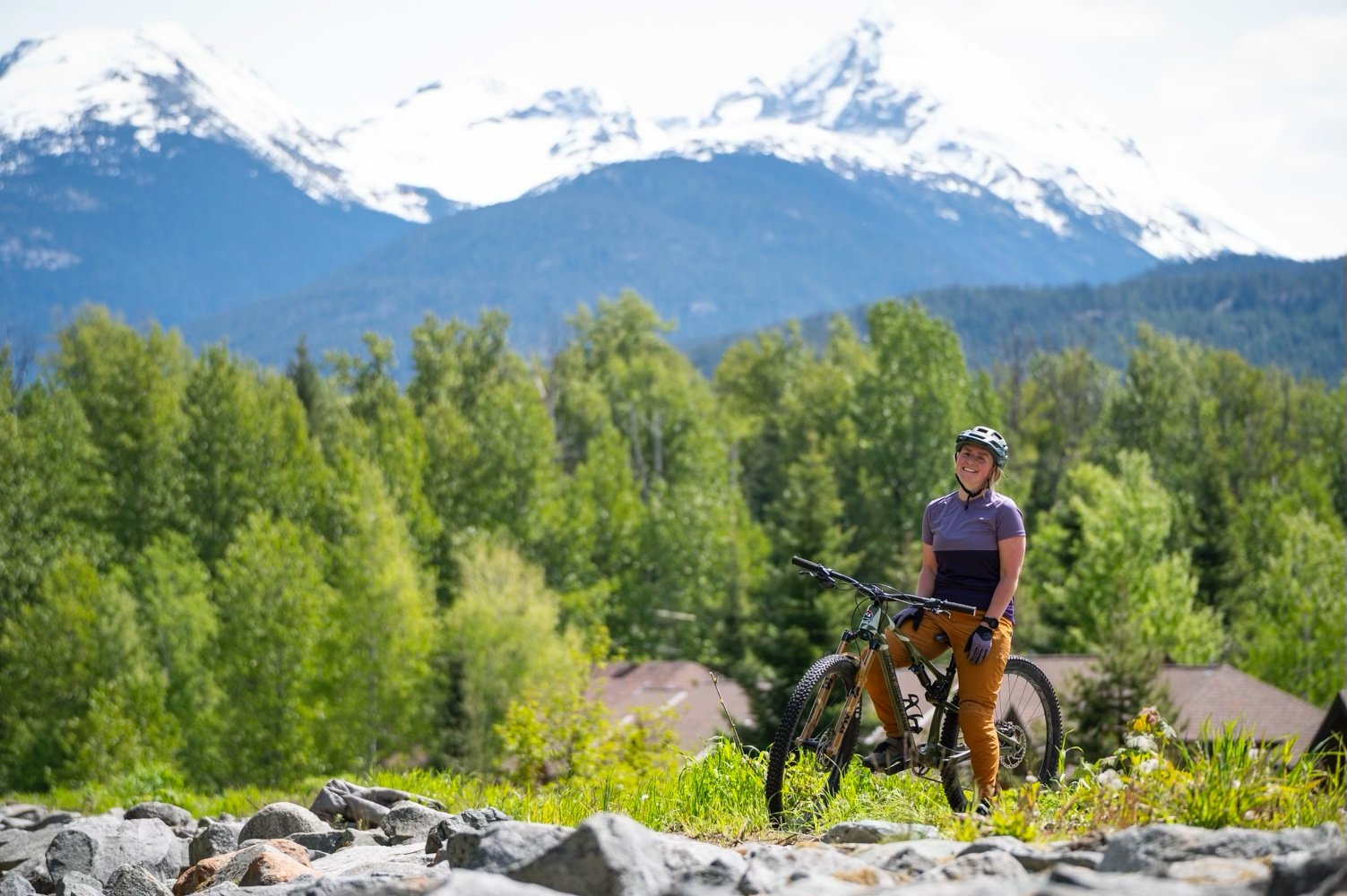
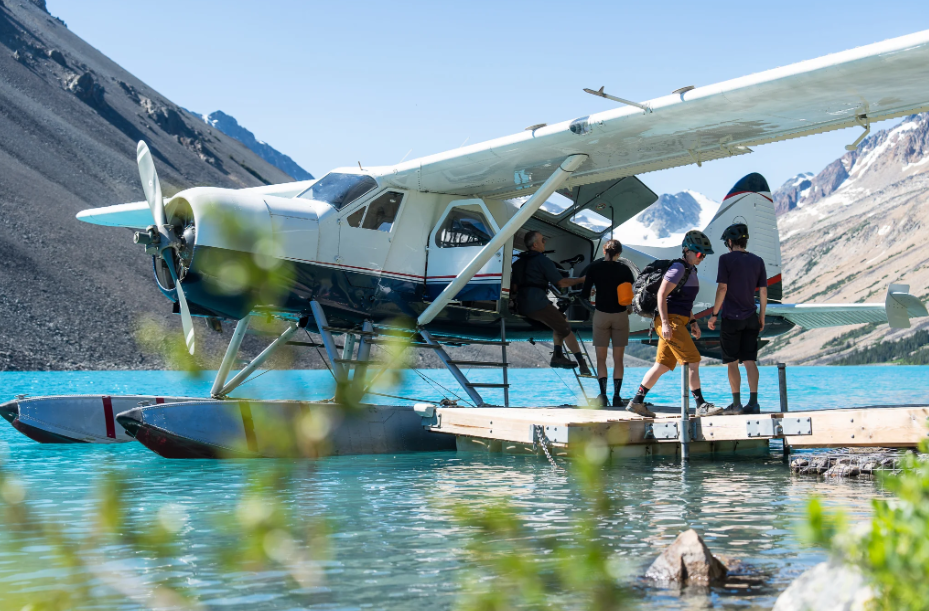











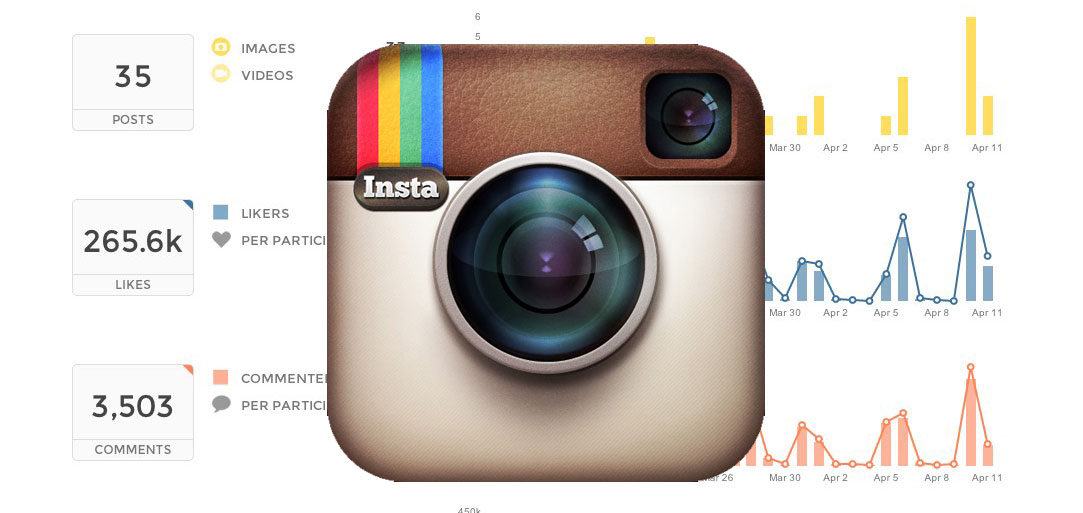



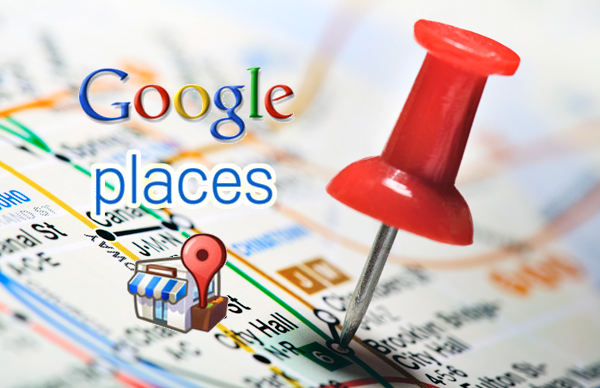
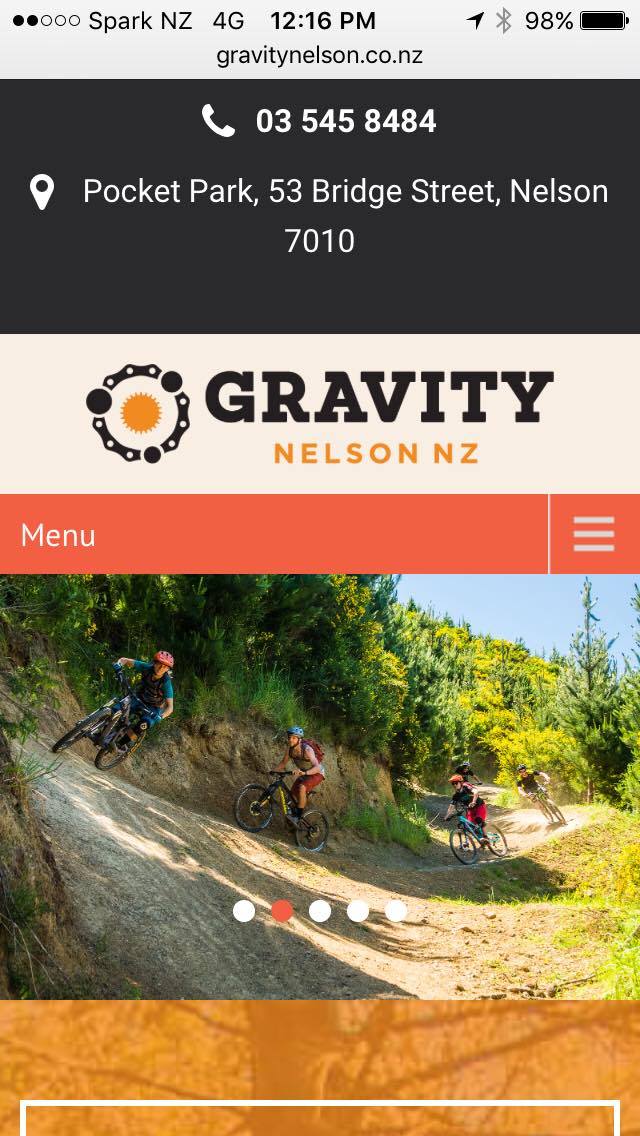



Marketers often ask if magazines and endemic publications are still worth the spend in an era of Google searches and ChatGPT answers. From my first bike launch with Rocky Mountain to today’s AI-driven search landscape, I’ve seen how trusted outlets still drive visibility, credibility, and storytelling that digital ads alone can’t deliver.